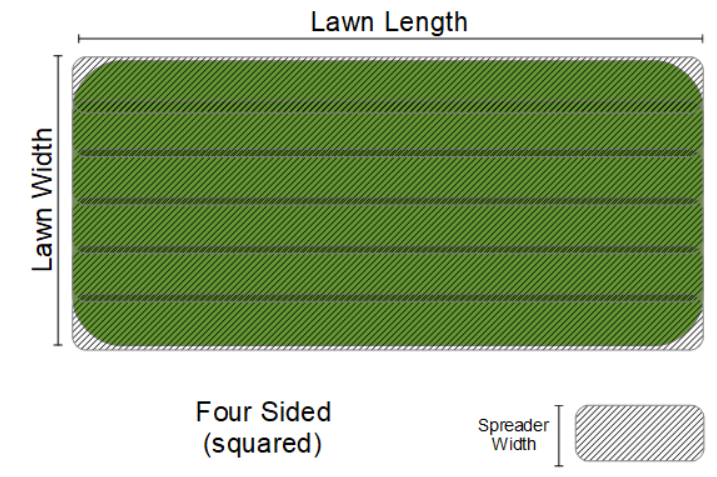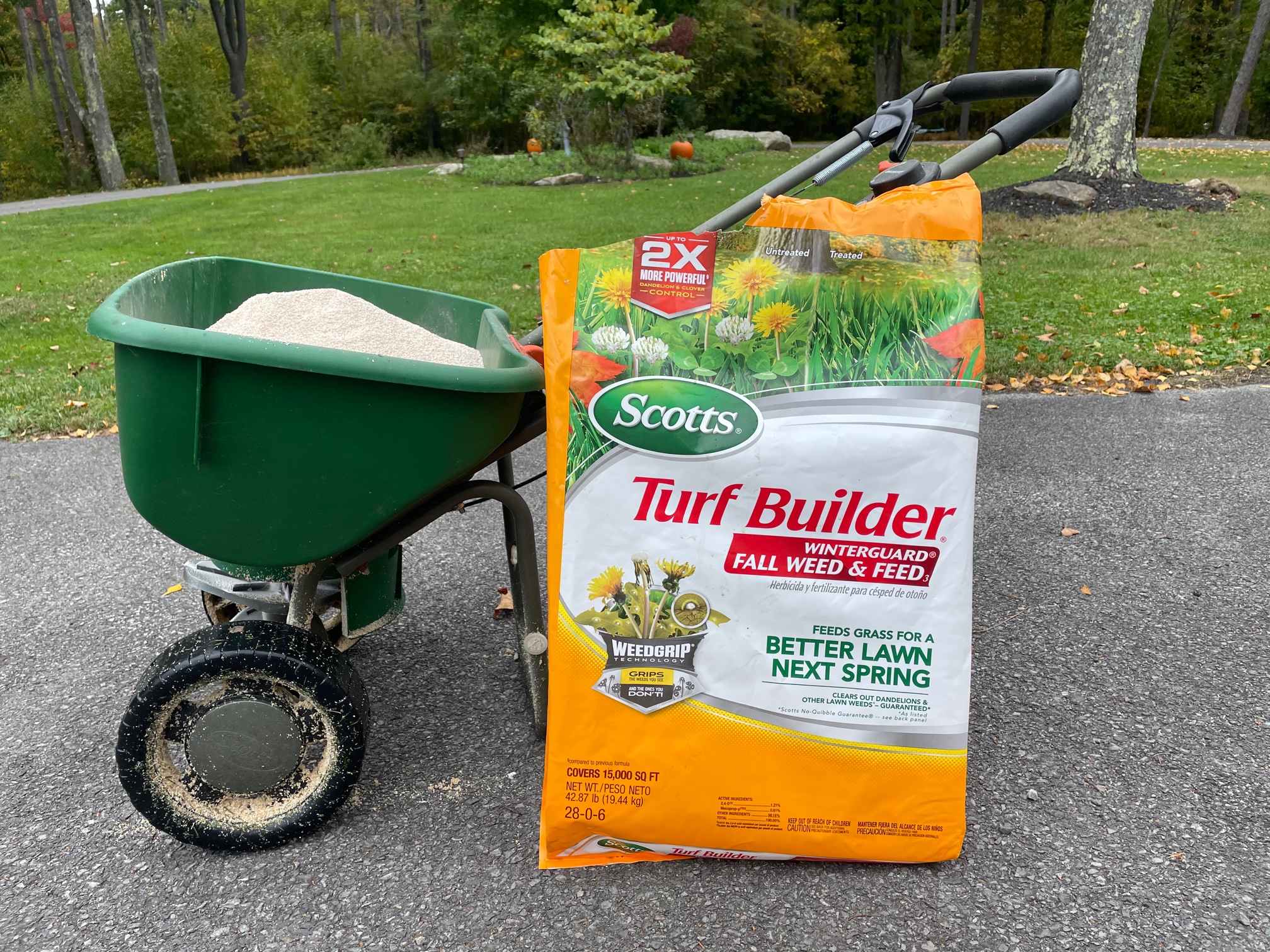Processing...
Lawn Spreader Calculators
The Lawn Spread Calculator helps you determin how many bags of product you need. Spreaders are often used for grass seed, weed and feed, lime and lawn fertilizers. Choose the shape of the lawn from the list below or just use the Lawn Spreader Area if you know the acres, square feet, yards or meters. Then enter the specifications of your lawn, and the area covered by one bag of product. The calculator returns how many bags you need.
- Lawn Spreader Rectangle: Computes the number of bags of lawn treatment needed for a rectangular lawn based on the manufacturer recommended area of coverage per bag and the length and width of the lawn.
- Lawn Spreader on an Area: Computes the number of bags of lawn treatment (grass seed, weed killer, lawn fertilizer) are needed for a lawn based on the manufacturer recommended area of coverage per bag and the area (square feet, acres, square yards or meters) of the lawn.

- Lawn Spreader Triangle: Computes the number of bags of lawn treatment needed for a triangular lawn based on the manufacturer recommended area of coverage per bag and the length of the three sides of the lawn.
- Lawn Spreader 4 Sided (non-Square): Computes the number of bags of lawn treatment (grass seed, weed killer, lawn fertilizer) needed for a four sided lawn based on the manufacturer recommended area of coverage per bag and the length of the four sides and diagonal of the lawn.
- Lawn Spreader 5 Sided:: Computes the number of bags of lawn treatment (grass seed, weed killer, lawn fertilizer) needed for a five sided lawn based on the manufacturer recommended area of coverage per bag and the length of the five sides and two diagonals of the lawn.
